Want to get something done, then SUDO it. you can even wipe your data with a single command, use with caution.
There are probably hundreds or thousands of linux distros out there, forked from main development line and further forked into specialized operating systems according to taste and designs, we are going to mention a few major operating systems in here.
The OS'es mentioned in here is "free" not in terms of money, but they are community driven and developed by Open-Sourcing. However some of them may contain non-free libraries and packages.
*Desktop environment : is GUI of an OS which user can interact with mouse/keyboard. Most of Linux based OS can run in headless mode (without a screen and GUI), there are multiple options of DE which can be installed as preffered by user, or user may download the version which is bundled with that specific DE. Look of your OS entirely relies on the DE, which you can change anytime at your preference.
OpenSUSE:
Community version of SUSE Linux aimed at enterprise operating systems, also supported by variety of drivers and commercial programs (mainly except of commercial CAD softwares which heavily relies on graphic libraries)
Thumbleweed stream is rolling release, which you dont have to upgrade your OS by years, it is upgraded through updates.
Leap stream is regular releases which you may need to upgrade,through simple to use tools, with new releases.
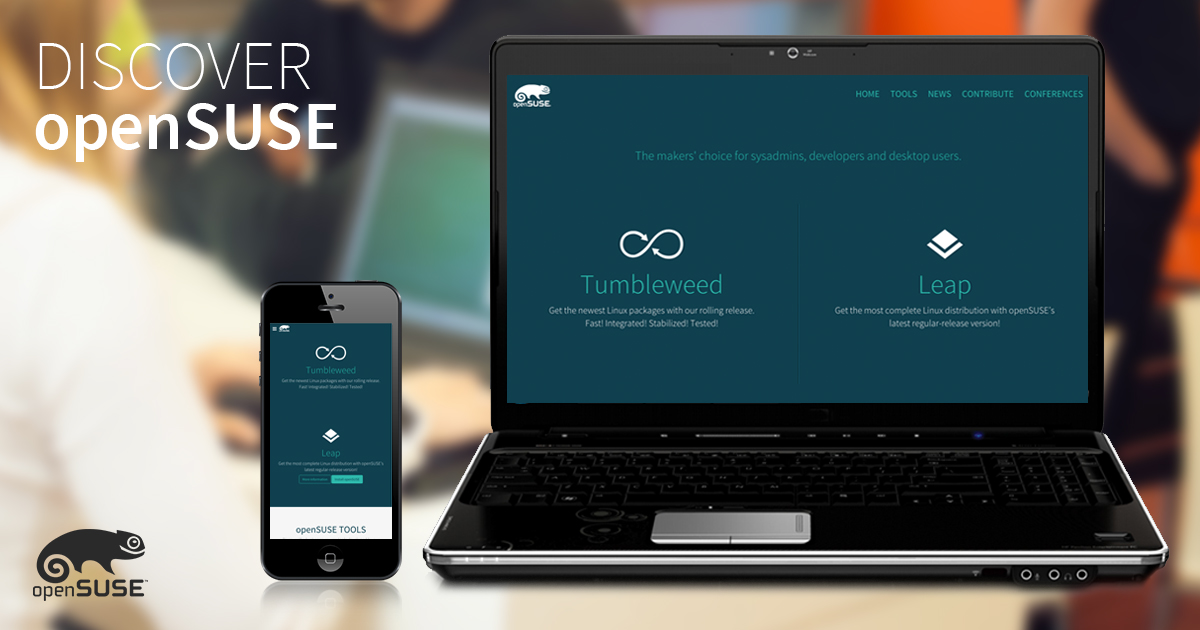
 www.opensuse.org
www.opensuse.org
CentOS:
Community enterprise Operating system (CentOS) is community version of Red Hat Ent. Linux (RHEL) ,dedicated for server applications which you can rely on for a decade even longer, driver support is limited yet it is often supported by commercial engineering applications (except CAD).
Centos Stream , is rolling release version of CentOS X, where X is the release number (latest is 8)
 www.centos.org
www.centos.org
Fedora:
A community driven development stream, is mainly created for testing and stabilizing RHEL, again supported by Red Hat and maintained by community. RHEL and CentOS is stable versions of the Fedora. Fedora has proper support of libraries, yet again being built on Linux, it may suffer lack of particular drivers.
Fedora has "spins" which is the fedora versions bundled with different Desktop Environment* .
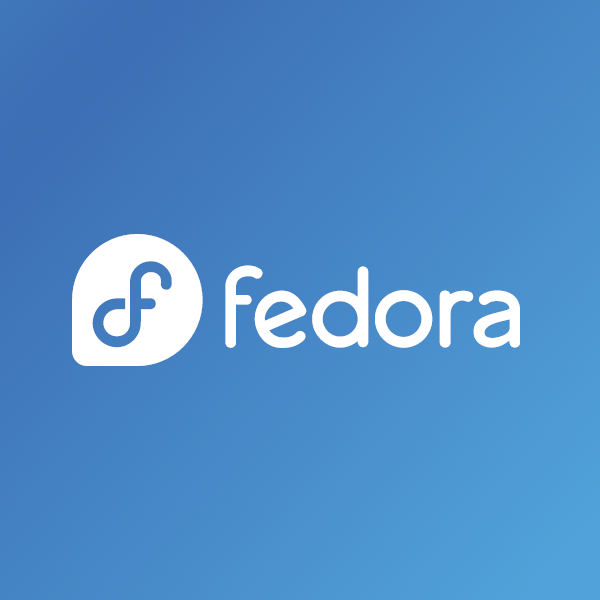
 getfedora.org
getfedora.org
Ubuntu:
Some OEM vendors sell their products with Ubuntu installed and provides sufficient drivers for that specific platform, Ubuntu is the most widely used Linux Distro (in Personal computers) developed and distributed by Canonical Ltd. Also presents Ubuntu server stream which is a Stable version.
Ubuntu has "flavors" which is bundled with different DE, such as: Kubuntu is KDE oriented Ubuntu, Xubuntu is XFCE etc.

 ubuntu.com
ubuntu.com
Manjaro:
Often referred as "most user friendly linux distro" Manjaro comes with customization which is similar of Windows, so users can adapt easily.
Manjaro can be downloaded with different DE.
 manjaro.org
manjaro.org
Mint:
As Manjaro, Mint is also referred as most user friendly distro which is easy to adapt for newcomers.
 linuxmint.com
linuxmint.com
Debian:
Father of the many distros, is hard to use and perfect for server applications usually suggested for advanced users which is aware of what they are going to do with the OS. Debian focuses on "free" OS, which you may need to install non-free modules on your own, or through choosing proper non-free installation media.
 www.debian.org
www.debian.org
Pardus:
Developed by Tubitak, first few releases was based on Gentoo, later versions are a Debian fork, aimed at state agencies, military offices and general purpose uses.

 www.pardus.org.tr
www.pardus.org.tr
Tails:
Aiming at privacy, runs on memory, installed on USB disks and doesn't leave any trace on the hard disk of the device, comes with a Built-in tor services and uses Tor browser as default browser.
 tails.boum.org
tails.boum.org
Elementary OS:
you want to get a MacOS looking DE and OS , dashing GUI and easy to use for light users.
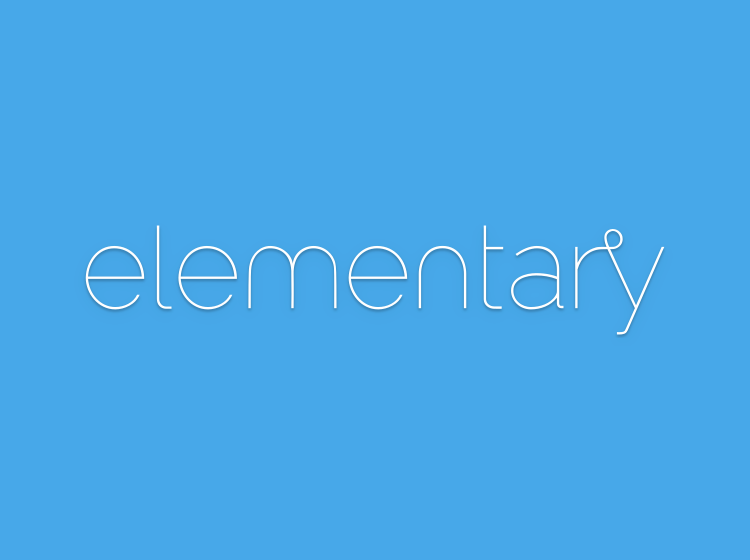
 elementary.io
elementary.io
Personal suggestions, Manjaro, Mint and Elementary OS are good to go at first uses since they are non to a little relies on terminal for light usages and also targets light users (terminal is that scary text based window where you type stuff and get stuff done).
Additional notes: Driver support varies between distros ,or whichever main distribution they were based on (such as RHEL, Debian), however once a library becomes available for one particular OS, it is usually branched for the another. Also commercial software developers tends to distribute Linux versions of their products and day by day it becomes more accessible.
For further reviews there are a few sources in here:
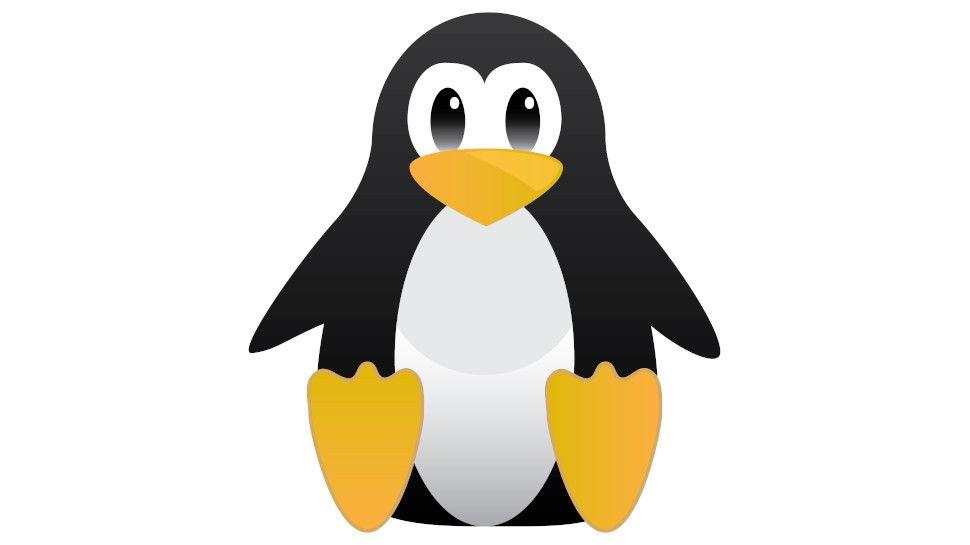
 www.techradar.com
www.techradar.com
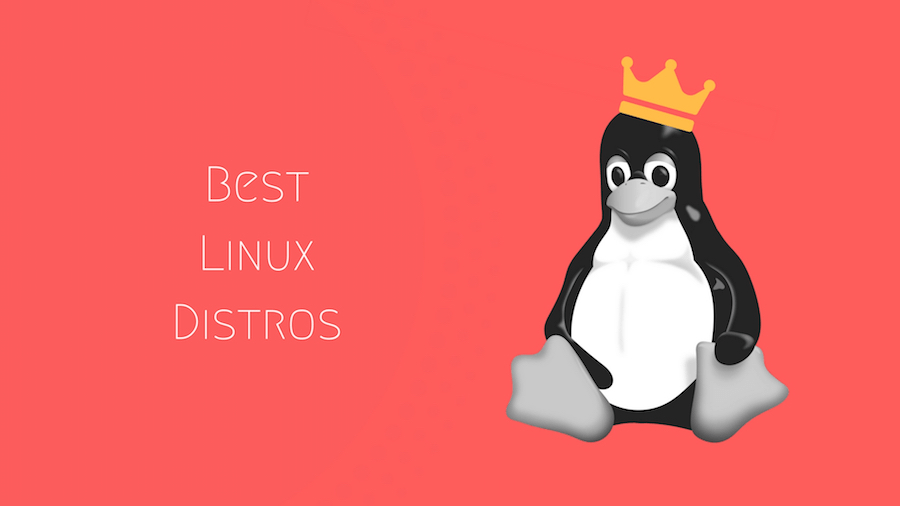
 fossbytes.com
fossbytes.com
There are probably hundreds or thousands of linux distros out there, forked from main development line and further forked into specialized operating systems according to taste and designs, we are going to mention a few major operating systems in here.
The OS'es mentioned in here is "free" not in terms of money, but they are community driven and developed by Open-Sourcing. However some of them may contain non-free libraries and packages.
*Desktop environment : is GUI of an OS which user can interact with mouse/keyboard. Most of Linux based OS can run in headless mode (without a screen and GUI), there are multiple options of DE which can be installed as preffered by user, or user may download the version which is bundled with that specific DE. Look of your OS entirely relies on the DE, which you can change anytime at your preference.
OpenSUSE:
Community version of SUSE Linux aimed at enterprise operating systems, also supported by variety of drivers and commercial programs (mainly except of commercial CAD softwares which heavily relies on graphic libraries)
Thumbleweed stream is rolling release, which you dont have to upgrade your OS by years, it is upgraded through updates.
Leap stream is regular releases which you may need to upgrade,through simple to use tools, with new releases.

The makers' choice for sysadmins, developers and desktop users.
Discover Tumbleweed and get the newest Linux packages with our rolling release. Fast! Integrated! Stabilized! Tested!. Discover Leap and get the most complete Linux distribution with openSUSE’s latest regular-release version!
CentOS:
Community enterprise Operating system (CentOS) is community version of Red Hat Ent. Linux (RHEL) ,dedicated for server applications which you can rely on for a decade even longer, driver support is limited yet it is often supported by commercial engineering applications (except CAD).
Centos Stream , is rolling release version of CentOS X, where X is the release number (latest is 8)
The CentOS Project
Fedora:
A community driven development stream, is mainly created for testing and stabilizing RHEL, again supported by Red Hat and maintained by community. RHEL and CentOS is stable versions of the Fedora. Fedora has proper support of libraries, yet again being built on Linux, it may suffer lack of particular drivers.
Fedora has "spins" which is the fedora versions bundled with different Desktop Environment* .

Fedora Linux
An innovative platform for hardware, clouds, and containers, built with love by you.
Ubuntu:
Some OEM vendors sell their products with Ubuntu installed and provides sufficient drivers for that specific platform, Ubuntu is the most widely used Linux Distro (in Personal computers) developed and distributed by Canonical Ltd. Also presents Ubuntu server stream which is a Stable version.
Ubuntu has "flavors" which is bundled with different DE, such as: Kubuntu is KDE oriented Ubuntu, Xubuntu is XFCE etc.

Get Ubuntu | Download | Ubuntu
Download Ubuntu desktop, Ubuntu Server, Ubuntu for Raspberry Pi and IoT devices, Ubuntu Core and all the Ubuntu flavours. Ubuntu is an open-source software platform that runs everywhere from the PC to the server and the cloud.
Manjaro:
Often referred as "most user friendly linux distro" Manjaro comes with customization which is similar of Windows, so users can adapt easily.
Manjaro can be downloaded with different DE.
Manjaro
This page provides an overview of Manjaro Linux, an open source operating system designed for ease of use. Learn about its features, installation, and support options. Get the most out of Manjaro Linux with the latest news, downloads, and tips from our helpful community.
Mint:
As Manjaro, Mint is also referred as most user friendly distro which is easy to adapt for newcomers.
Home - Linux Mint
Linux Mint is an elegant, easy to use, up to date and comfortable desktop operating system.
Debian:
Father of the many distros, is hard to use and perfect for server applications usually suggested for advanced users which is aware of what they are going to do with the OS. Debian focuses on "free" OS, which you may need to install non-free modules on your own, or through choosing proper non-free installation media.
Debian -- The Universal Operating System
Pardus:
Developed by Tubitak, first few releases was based on Gentoo, later versions are a Debian fork, aimed at state agencies, military offices and general purpose uses.

Pardus - TÜBİTAK ULAKBİM
 www.pardus.org.tr
www.pardus.org.tr
Tails:
Aiming at privacy, runs on memory, installed on USB disks and doesn't leave any trace on the hard disk of the device, comes with a Built-in tor services and uses Tor browser as default browser.
Tails - Home
Elementary OS:
you want to get a MacOS looking DE and OS , dashing GUI and easy to use for light users.

The thoughtful, capable, and ethical replacement for Windows and macOS ⋅ elementary OS
The thoughtful, capable, and ethical replacement for Windows and macOS
Personal suggestions, Manjaro, Mint and Elementary OS are good to go at first uses since they are non to a little relies on terminal for light usages and also targets light users (terminal is that scary text based window where you type stuff and get stuff done).
Additional notes: Driver support varies between distros ,or whichever main distribution they were based on (such as RHEL, Debian), however once a library becomes available for one particular OS, it is usually branched for the another. Also commercial software developers tends to distribute Linux versions of their products and day by day it becomes more accessible.
For further reviews there are a few sources in here:

Best Linux distro of 2024
Linux for beginners to advanced users with the best Linux distros

11 Best Linux Distros For 2020: Find Perfect Windows Alternative
2020 is here I think some of you might have boarded the Linux train in the recent past. While the world of Linux does offer tons of choice, it might get overwhelming at first. That's why we've prepared this guide to help you select the best Linux distro to suit your needs. Some distros perform...
Last edited:

